
Lesotho Animals
Follow the Trail of Wild Nature – Nature Tourism in Lesotho
Nestled in the heart of Southern Africa, Lesotho is a land of breathtaking beauty, with its rugged mountains, rolling grasslands, and crystal-clear rivers. This small but stunning country is also home to a variety of fascinating wildlife that has adapted to its unique environment.
One of the most iconic animals found in Lesotho is the eland, the largest antelope species in Southern Africa, known for its impressive size and distinctive spiral horns. These majestic creatures can be spotted grazing in the grasslands and open plains of the country, showcasing their grace and power. Additionally, the mountain reedbuck, with its striking reddish-brown coat and characteristic white underbelly, is a common sight in the high-altitude areas of Lesotho, where it navigates the rocky terrain with agility.
Mammals of Lesotho
In the mountainous kingdom of Lesotho, a variety of mammals have adapted to the high-altitude environment. Among them, the endemic Maloti minnow is a notable species, thriving in the clear, cool waters of Lesotho's rivers and streams. On the rugged slopes, one might spot the sure-footed grey rhebok, a type of antelope well-suited to the terrain. The African clawless otter also makes its home here, often seen along the waterways. Lesotho's national animal, the spiral-horned Lesotho mountain ram, is a symbol of the country's rich biodiversity. While exploring, visitors may also encounter the elusive Cape porcupine, the largest rodent in the region, foraging during the twilight hours.
Birds of Lesotho
Lesotho, a high-altitude kingdom encased by South Africa, is a haven for bird enthusiasts, boasting a variety of avian species that thrive in its mountainous terrain. One of the most iconic birds you might spot is the Bearded Vulture, or Lammergeier, known for its impressive wingspan and unique feeding habits, soaring majestically above the Drakensberg range. The Drakensberg Rockjumper, a bird endemic to this part of Southern Africa, can be seen hopping among the rocky outcrops, its striking coloration a delight for birdwatchers. The Malachite Sunbird, with its iridescent green plumage, is often observed flitting around the alpine flora, adding a splash of color to the highland meadows. These species, among others, make Lesotho a special destination for those looking to experience the rich birdlife of Southern Africa.
Reptiles
Top Spots for Wildlife Observation in Lesotho
- Sehlabathebe National Park, nestled in the Maloti Mountains in southeastern Lesotho, is a haven for a variety of bird species, including the rare bearded vulture, also known as the lammergeyer, and the endangered Cape vulture. The park's high-altitude wetlands and grasslands also support a range of other birdlife, such as the Drakensberg rockjumper and the yellow-breasted pipit. Mammals in the park are more elusive but include species like the mountain reedbuck and the oribi.
- Bokong Nature Reserve, perched at the edge of the Lesotho highlands, offers breathtaking views and is another excellent spot for birdwatching. The reserve is particularly known for its high-altitude wetlands, which are home to the Maloti minnow, a fish species endemic to this region. The grasslands surrounding the wetlands are frequented by the bald ibis and the ground woodpecker.
- Ts'ehlanyane National Park, the largest park in Lesotho, lies in the northern part of the country and is part of the larger Maloti-Drakensberg Transfrontier Conservation Area. This park is characterized by its rugged terrain, which provides a habitat for a variety of wildlife. Visitors can spot the grey rhebok, the ice rat, and several bird species, including the Malachite sunbird and the Gurney's sugarbird. The park's remote and pristine environment also supports a diverse array of plant life, including the rare spiral aloe, Lesotho's national flower.
- Tsehlanyane National Park is also home to the Maloti-Drakensberg Transfrontier Conservation Area, a collaborative effort between Lesotho and South Africa to protect the rich biodiversity of the region. This area is particularly important for the conservation of mountainous ecosystems and the species that inhabit them.





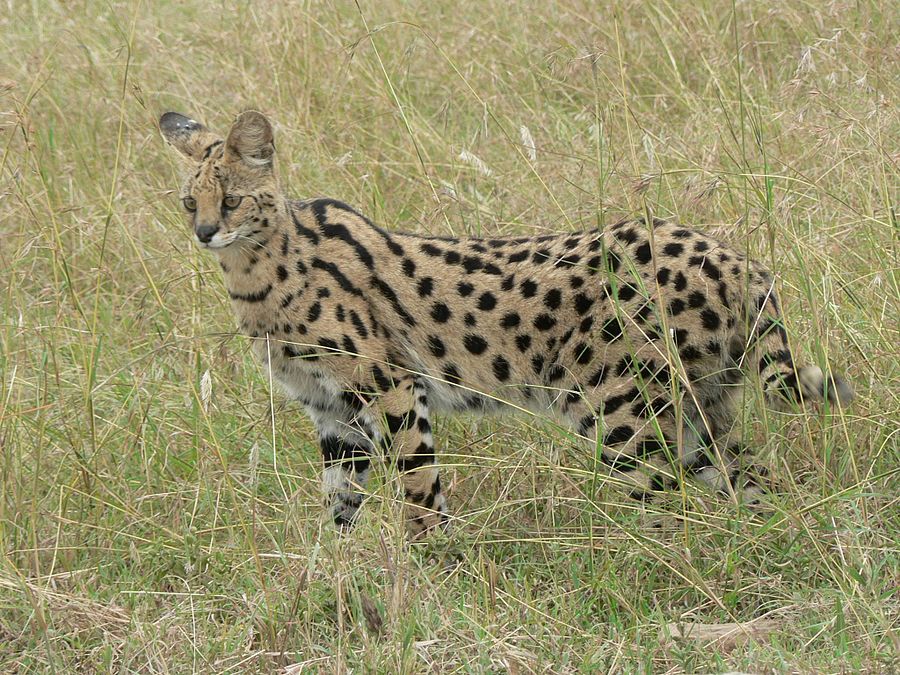

















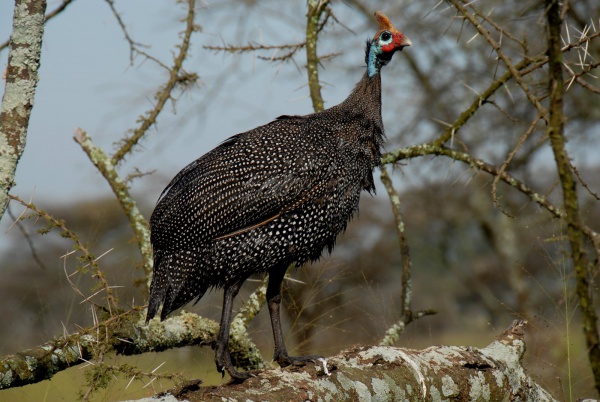


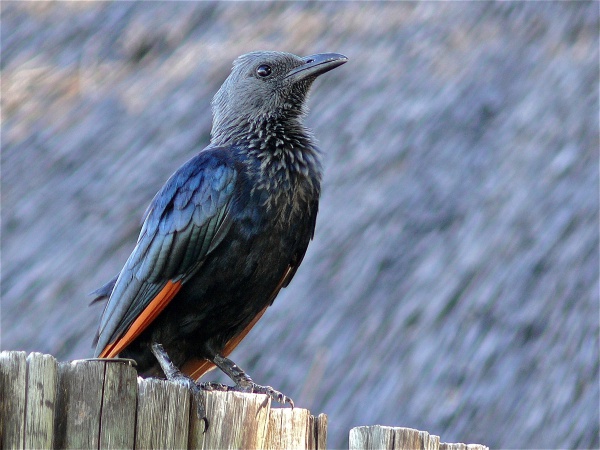


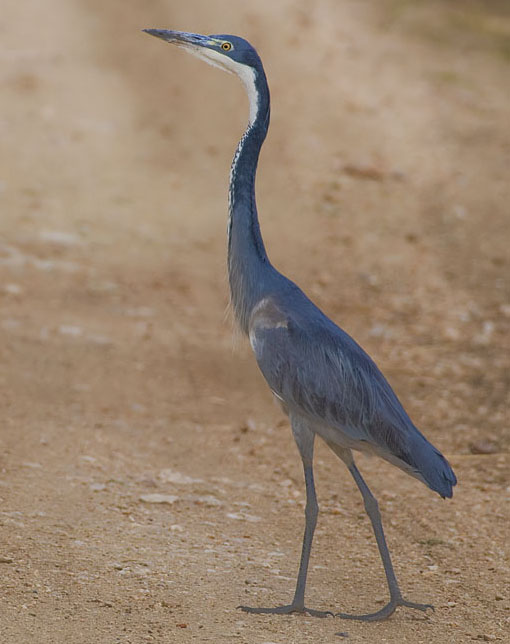


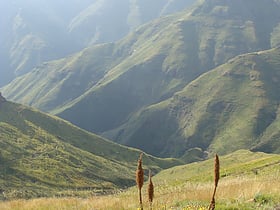
 South Africa
South Africa